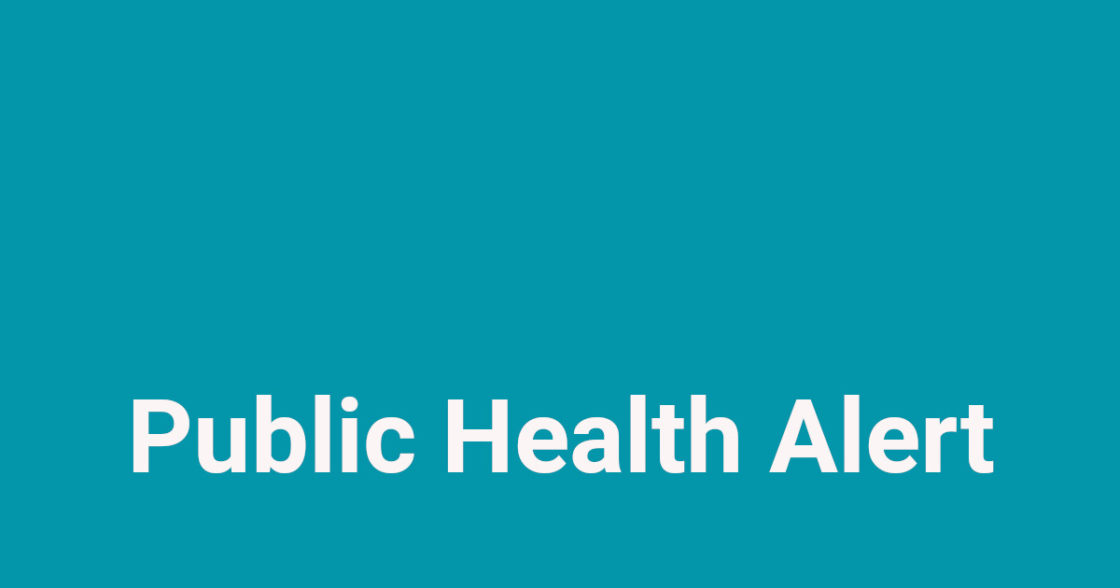Canterbury DHB’s Community and Public Health unit has issued a health warning advising the public not to collect or consume shellfish harvested from between Sumner Head and East Head at Okains Bay on Banks Peninsula, including Lyttelton Harbour.
This follows a biotoxin notification from the Ministry for Primary Industries (MPI): https://www.mpi.govt.nz/travel-and-recreation/fishing/shellfish-biotoxin-alerts/#lytlleton
Canterbury Medical Officer of Health, Dr Anna Stevenson says routine tests on shellfish samples taken from Port Levy have shown levels of diarrhetic shellfish poisoning toxins above the safe limit of 0.16 mg/kg set by MPI. Anyone eating shellfish from this area is potentially at risk of illness.
“Mussels, oysters, tuatua, pipi, toheroa, cockles, scallops, catseyes, kina (sea urchin) and all other bivalve shellfish should not be eaten.
Dr Stevenson warns that cooking shellfish does not remove the toxin.
“Symptoms of diarrhetic shellfish poisoning typically appear within half an hour and can last for 24 hours.”
Symptoms may include:
- Diarrhoea
- Vomiting
- Nausea
- Abdominal cramps
Dr Stevenson says Pāua, crab and crayfish may still be eaten if the gut has been completely removed prior to cooking, as toxins accumulate in the gut. If the gut is not removed its contents could contaminate the meat during the cooking process.
“If anyone becomes ill after eating shellfish from an area where a public health warning has been issued, phone your usual General Practice team 24/7 and they can advise you what to do and where you can receive care if required. If it’s an emergency phone 111.
“You are also advised to contact Community and Public on (03) 364 1777 and keep any leftover shellfish in case it can be tested,” says Dr Stevenson.
MPI will continue to monitor toxin levels and any changes will be communicated accordingly.
For more information and a map of the affected area check:
https://www.mpi.govt.nz/travel-and-recreation/fishing/shellfish-biotoxin-alerts/
ENDS

